Bringing a new puppy home is an exciting adventure filled with joy, curiosity, and a fair share of challenges. One common question that new puppy owners frequently ask is, "How far can I walk my puppy at 6 months?"
Understanding the right amount of puppy exercise is crucial to ensure your pup grows healthy and strong. This blog will provide comprehensive guidance on this topic, offering practical tips, expert advice, puppy exercise safety tips and some helpful insights to help you and your puppy enjoy your walks together.
Understanding Puppy Exercise Needs
Puppy exercise is vital for their physical and mental development. At six months old, your puppy is still growing and has different exercise requirements compared to those early weeks and to adult dogs.
It's essential to strike a balance between providing enough physical activity to keep them healthy without over-exerting your puppy's growing bones and joints.
The Importance of Physical Exercise

Physical exercise helps build your puppy's muscles, tendons, and ligaments, contributing to their overall physical fitness. However, over-exercising puppies can lead to long-term health issues.
Puppies' growing bones are particularly susceptible to damage from over exercise, making it crucial to follow appropriate guidelines tailored to their age and breed.
How Much Exercise Does a Puppy Need?
A good rule of thumb for determining how much to exercise your puppy needs is the "5-minute rule." This guideline suggests that puppies should have five minutes of exercise per month of age, up to twice a day.
For a six-month-old puppy, this equates to 30 minutes of structured exercise twice daily. However, it's important to adjust this based on your puppy's breed, size, and energy levels. You can also incorporate puppy play as part of your puppy's exercise to reduce stress on their still developing bodies.
Walking Your Puppy at Six Months

When asking, "How far can I walk my puppy at 6 months?" it's essential to consider both distance and duration. A six-month-old puppy can handle short walks of about 15-30 minutes, twice a day.
Ensure these walks allow them to sniff, explore, and investigate their surroundings, which offers mental stimulation alongside physical exercise.
The Role of Mental Stimulation
Mental exercise is just as crucial as physical exercise for puppies. Engaging your puppy in enrichment games and training sessions can help keep their minds sharp and reduce boredom. You can use puzzle toys, scent games, and basic obedience training to provide mental stimulation.
At a young age, exercise can be provided appropriately using play enrichment games without stressing their bones and joints too much.
Tips for Exercising Your Puppy Safely

-
Monitor Your Puppy's Behaviour: Pay attention to signs of fatigue. If your puppy flops down or seems reluctant to walk, it's time to rest.
-
Avoid Over-Exercising: Stick to the 5-minute rule to prevent over-stressing your puppy's growth plates. Walking beside a human at a constant pace is totally unnatural for a puppy. If your puppy flops down & seems reluctant to walk, this is a sure sign not to force them to exercise.
-
Choose Appropriate Surfaces: Walk your puppy on soft surfaces like grass rather than hard pavements to protect their joints.
-
Hydration: Always bring water during walks to keep your puppy hydrated, especially in warmer weather.
Incorporating Play into Exercise
Puppy play should be a significant part of their exercise routine. Playing fetch, tug-of-war, and other interactive games can provide excellent physical and mental exercise.
Ensure play sessions are supervised and do not involve excessive jumping or rough play that could harm their developing bodies. Enrichment games and walks exercise your puppy appropriately without doing harm - leading to healthy and happy puppies.
Adapting Exercise for Larger Breeds

Larger breeds have different exercise requirements compared to smaller breeds. They often grow at a slower rate and may require less intense exercise to avoid stressing their joints.
Consult with a veterinarian or a dog trainer behaviour consultant to create a tailored exercise plan for larger breeds.
The Benefits of Early Life Skills Training
Early life skills training is essential for developing a well-rounded and well-behaved dog. Incorporating training into your puppy's exercise routine helps build their confidence, improves their socialisation skills, and promotes good behaviour. Training sessions should be positive, reward-based, and kept short to match your puppy's attention span.
Understanding Growth Plates and Joints

Puppies' growth plates, located at the ends of their bones, are areas of developing cartilage that eventually harden into bone. These growth plates are vulnerable to damage from excessive exercise or trauma.
Ensuring that your puppy's exercise routine is safe and appropriate helps protect these critical areas and promotes healthy bone development.
Balancing Structured Walks and Free Play
Structured walks provide necessary exercise, but free play is equally important. Allow your puppy to run, play, and explore in a safe, enclosed area where they can exercise at their own pace. This balance helps develop their physical fitness without causing undue stress on their bodies.
Socialising with Other Dogs

Socialisation is a key aspect of puppy development. Once your puppy has been fully vaccinated, arrange playdates with other vaccinated puppies or friendly adult dogs to help your puppy learn appropriate social behaviour. These interactions provide both mental stimulation and physical exercise.
Monitoring Your Puppy's Health
Regular veterinary check-ups are crucial to monitor your puppy's growth and health. Your vet can offer personalised advice on exercise routines and help address any concerns you may have about your puppy's development.
Additionally, keep an eye on your puppy's weight, energy levels, and overall well-being to ensure they are thriving.
Conclusion
Ensuring your puppy gets the right amount of exercise at six months old is crucial for their overall health and development. By following the guidelines provided in this blog, you can help your puppy grow into a healthy and happy adult dog.
Remember to balance physical and mental exercise, monitor your puppy's behaviour, and consult with professionals when needed.
To further support your puppy's growth, consider joining our free puppy programme, where you can receive expert advice, tips, and exclusive discounts on our products. Explore our puppy food and other resources to give your puppy the best start in life.
By understanding and meeting your puppy's exercise needs, you'll be well on your way to raising a well-rounded and happy canine companion. Enjoy your walks and the special bond you share with your growing pup!
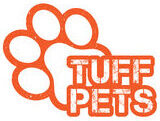
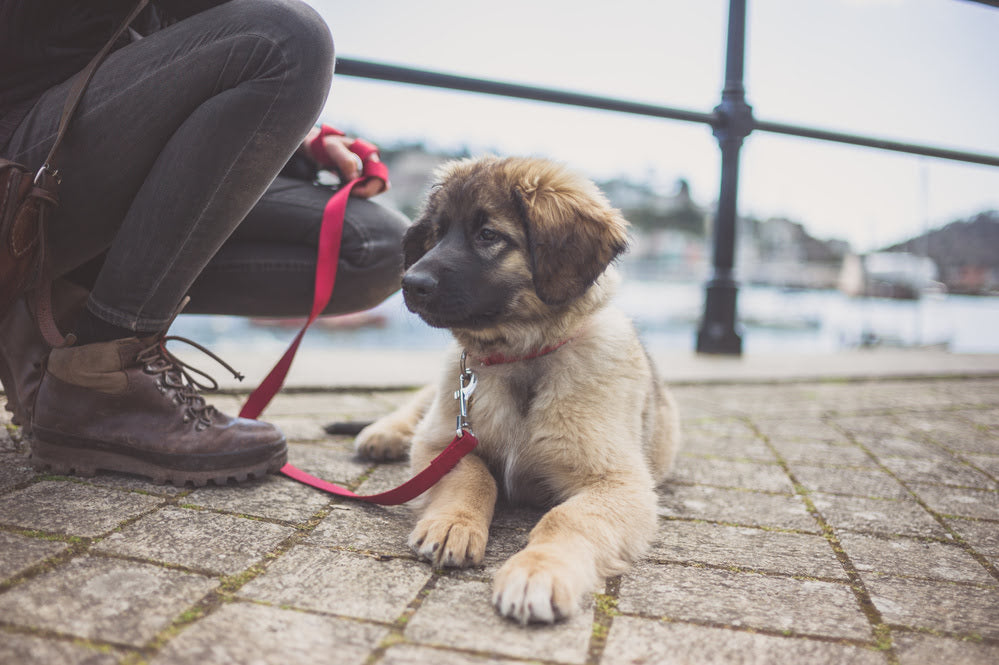
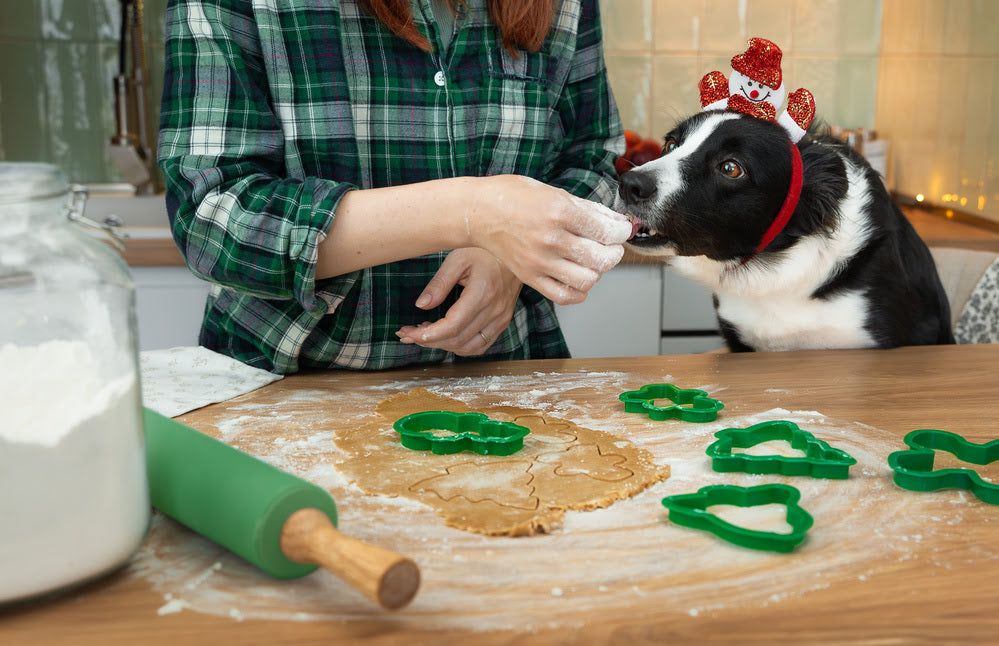
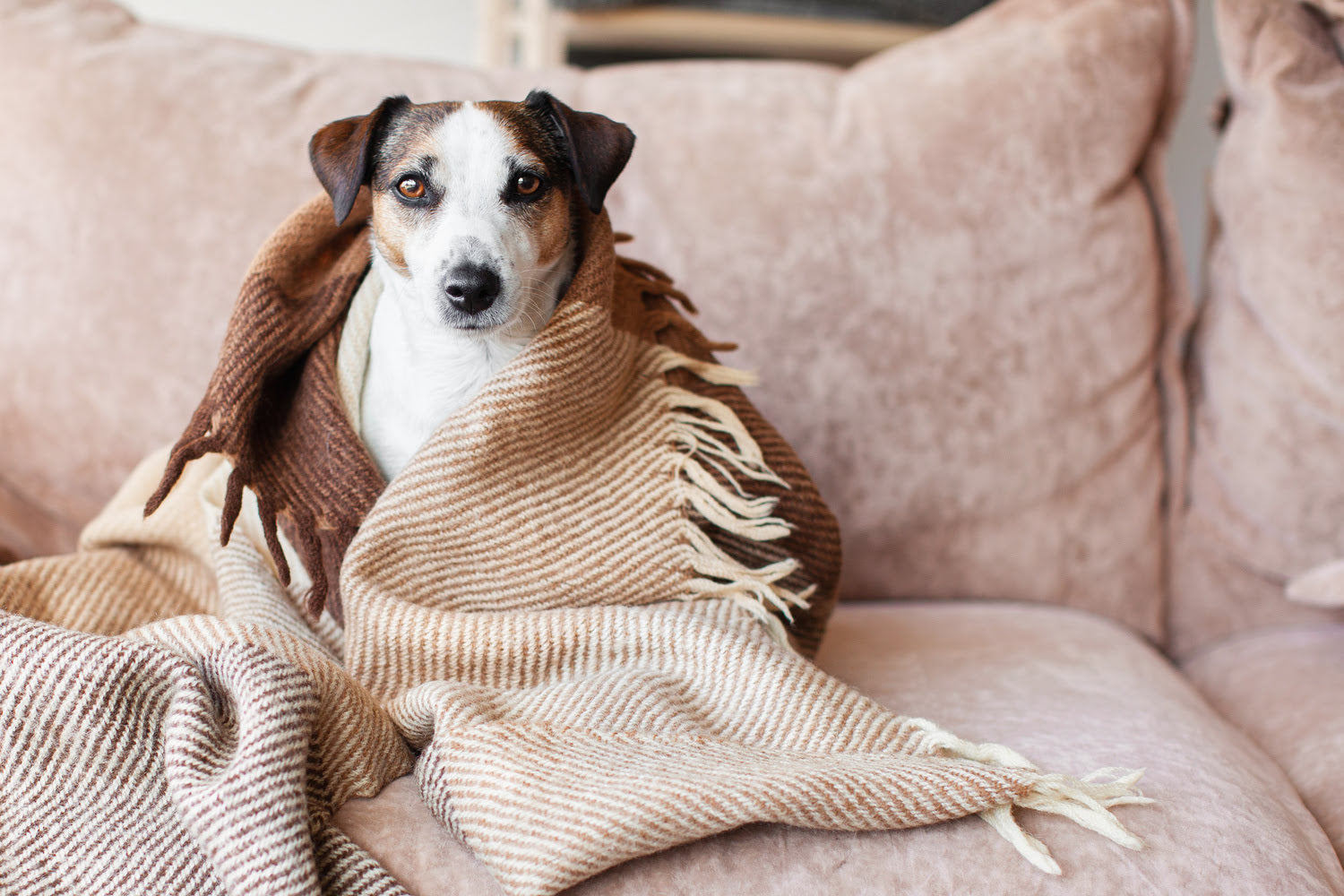
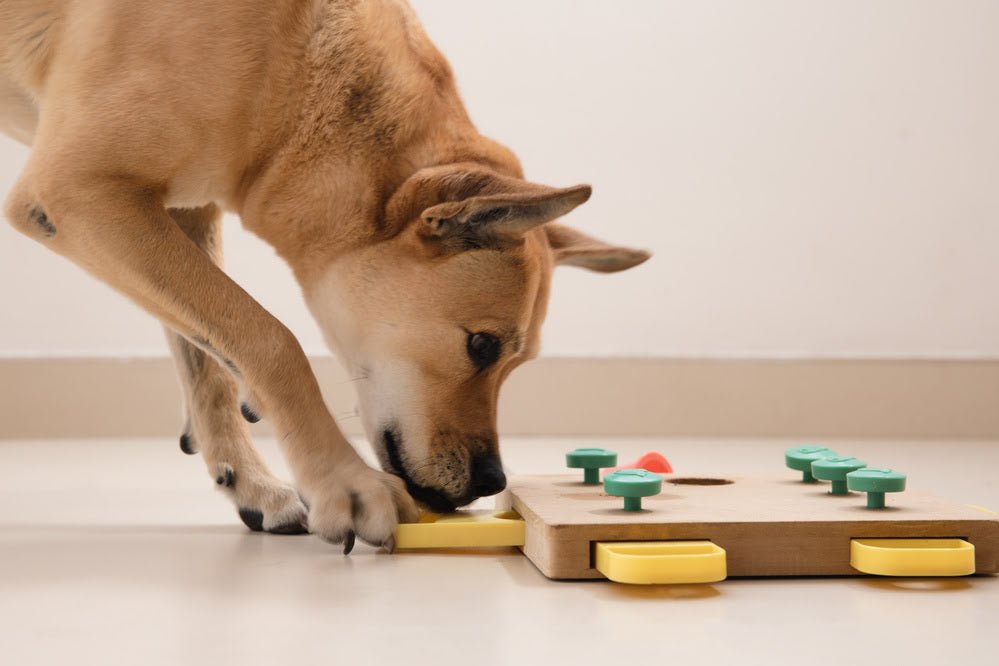

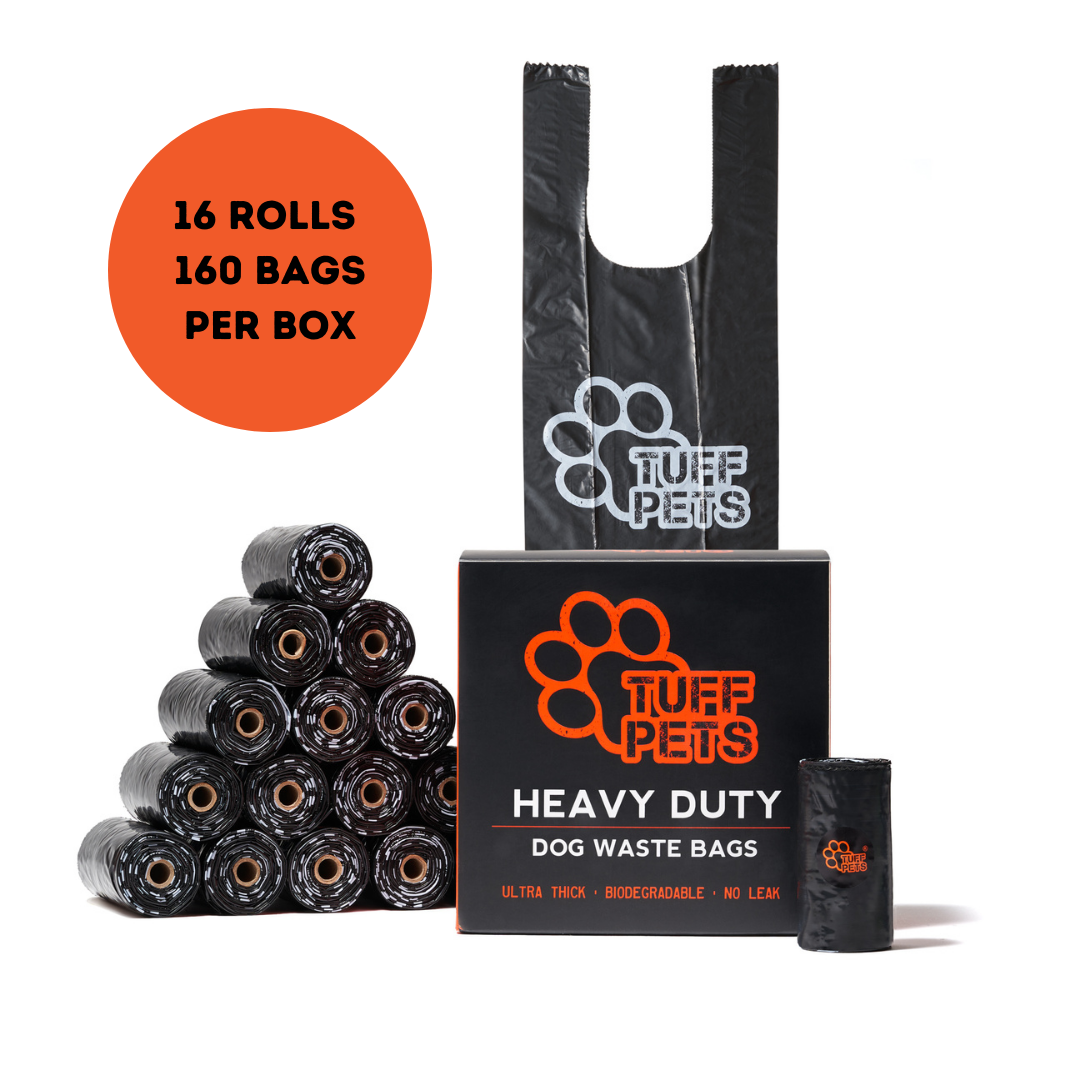

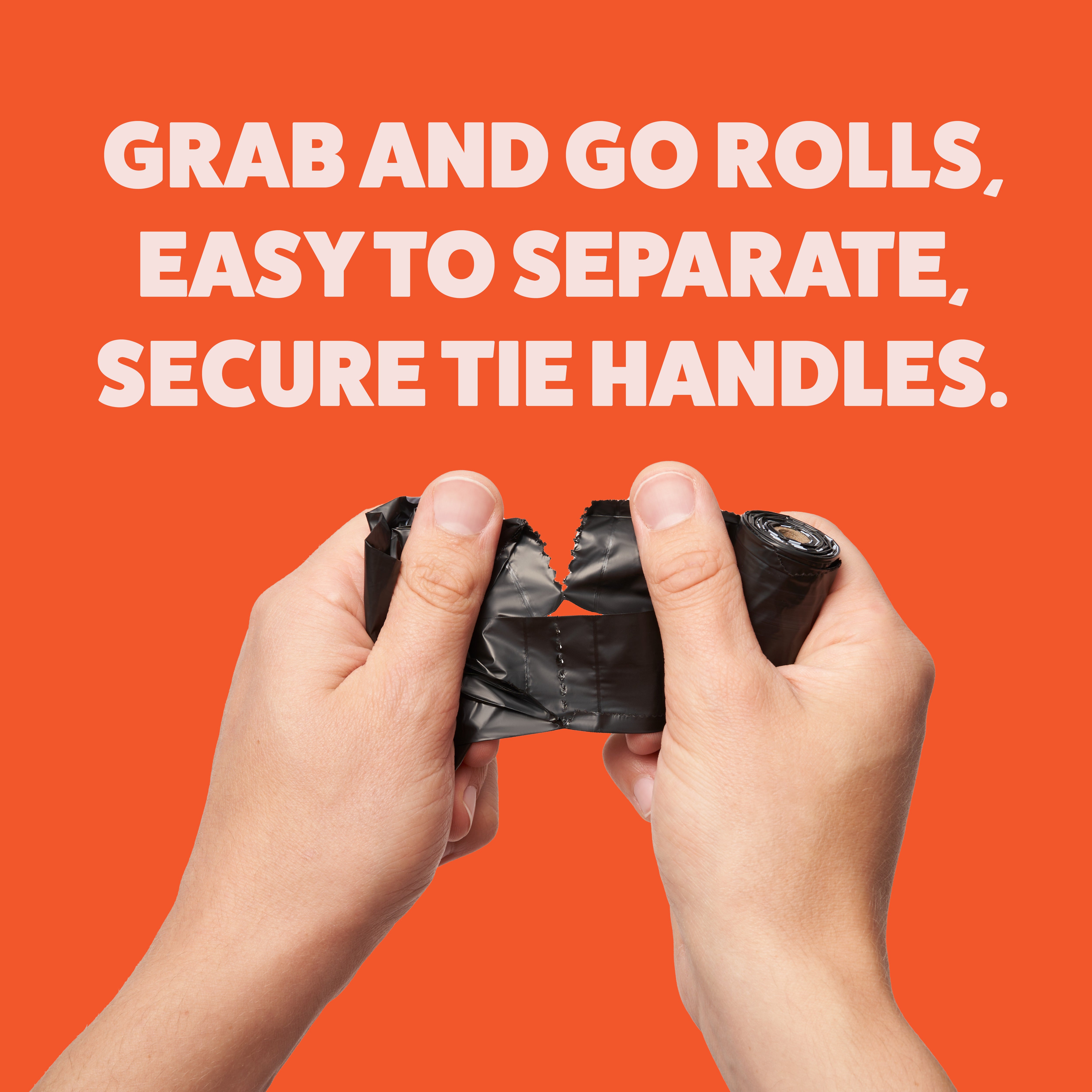
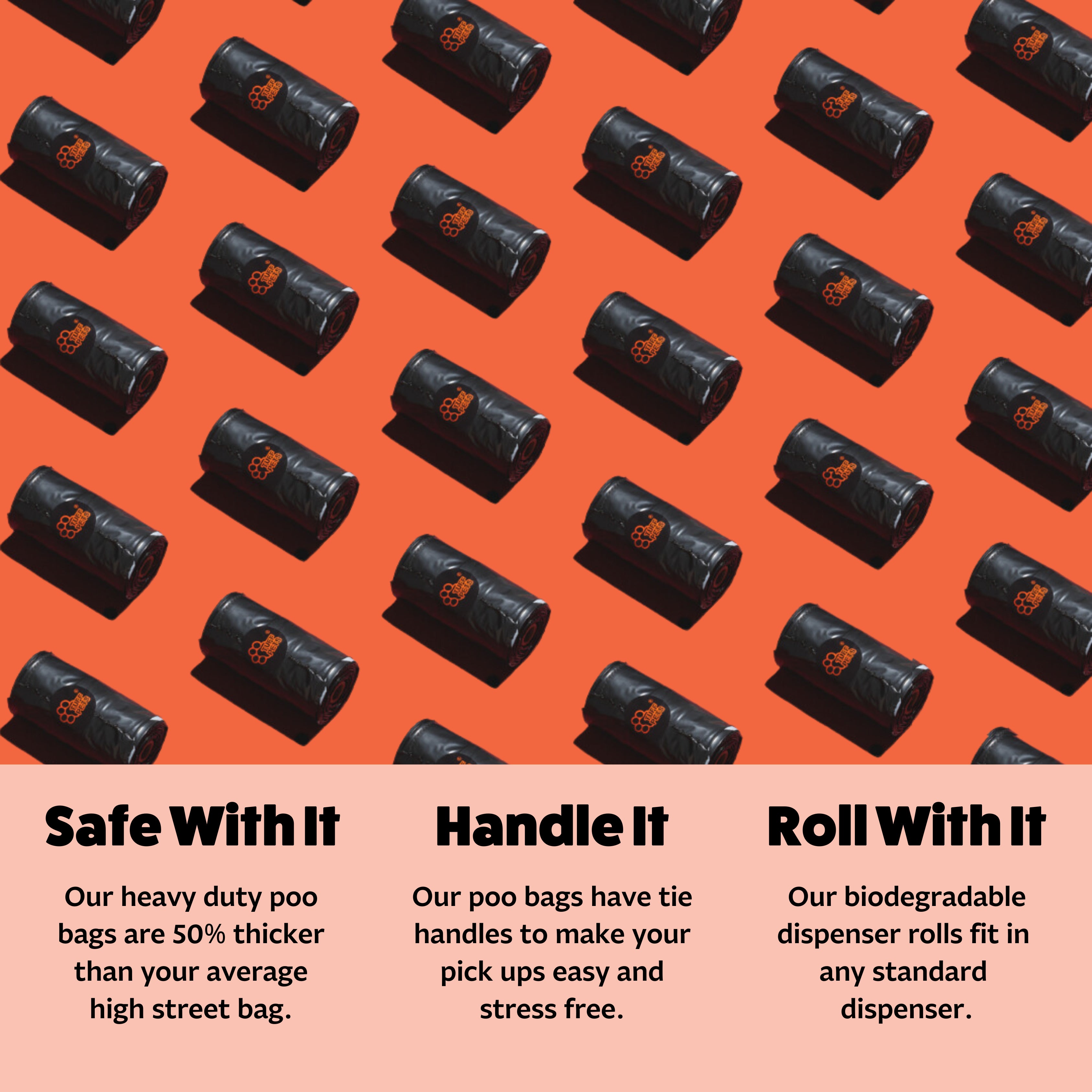

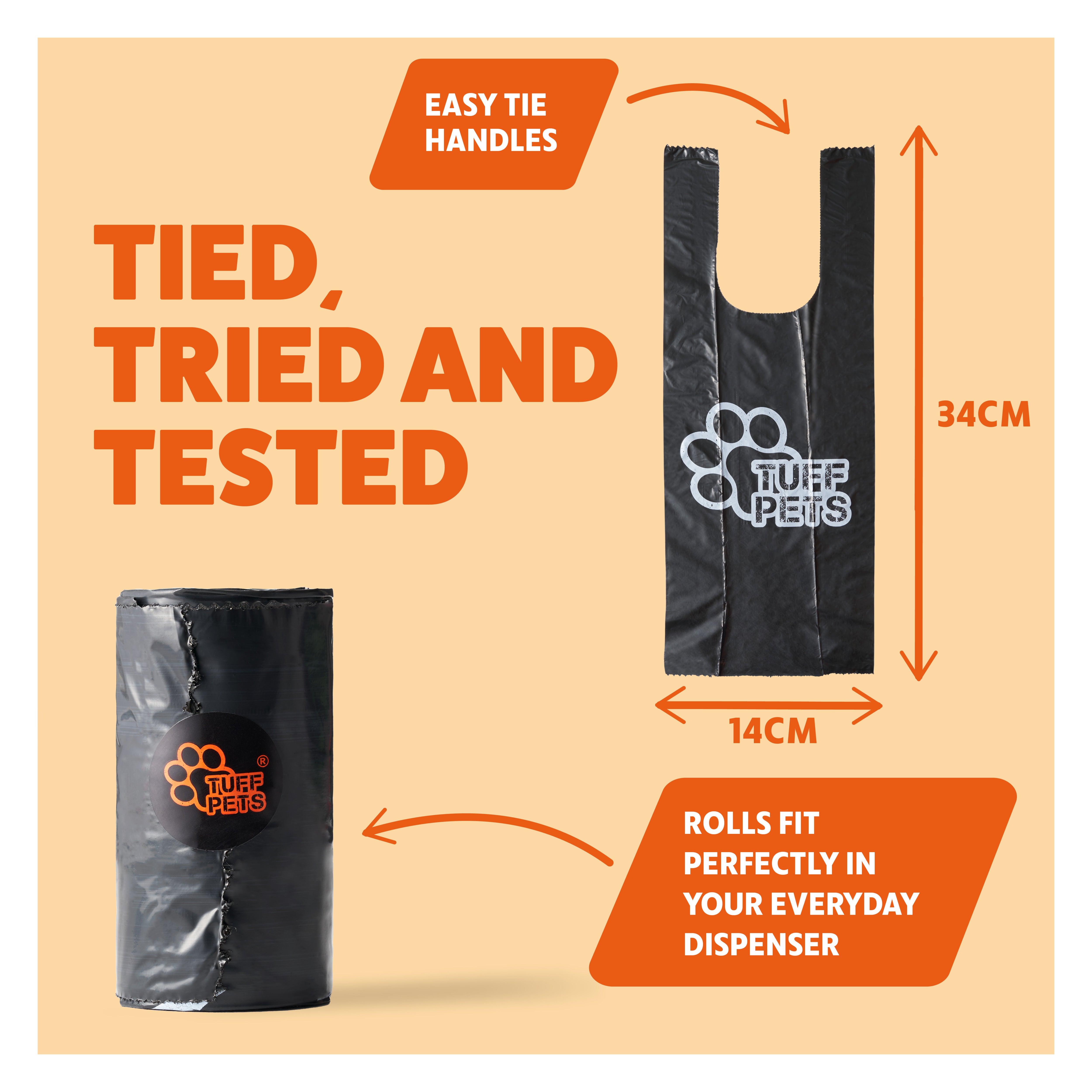
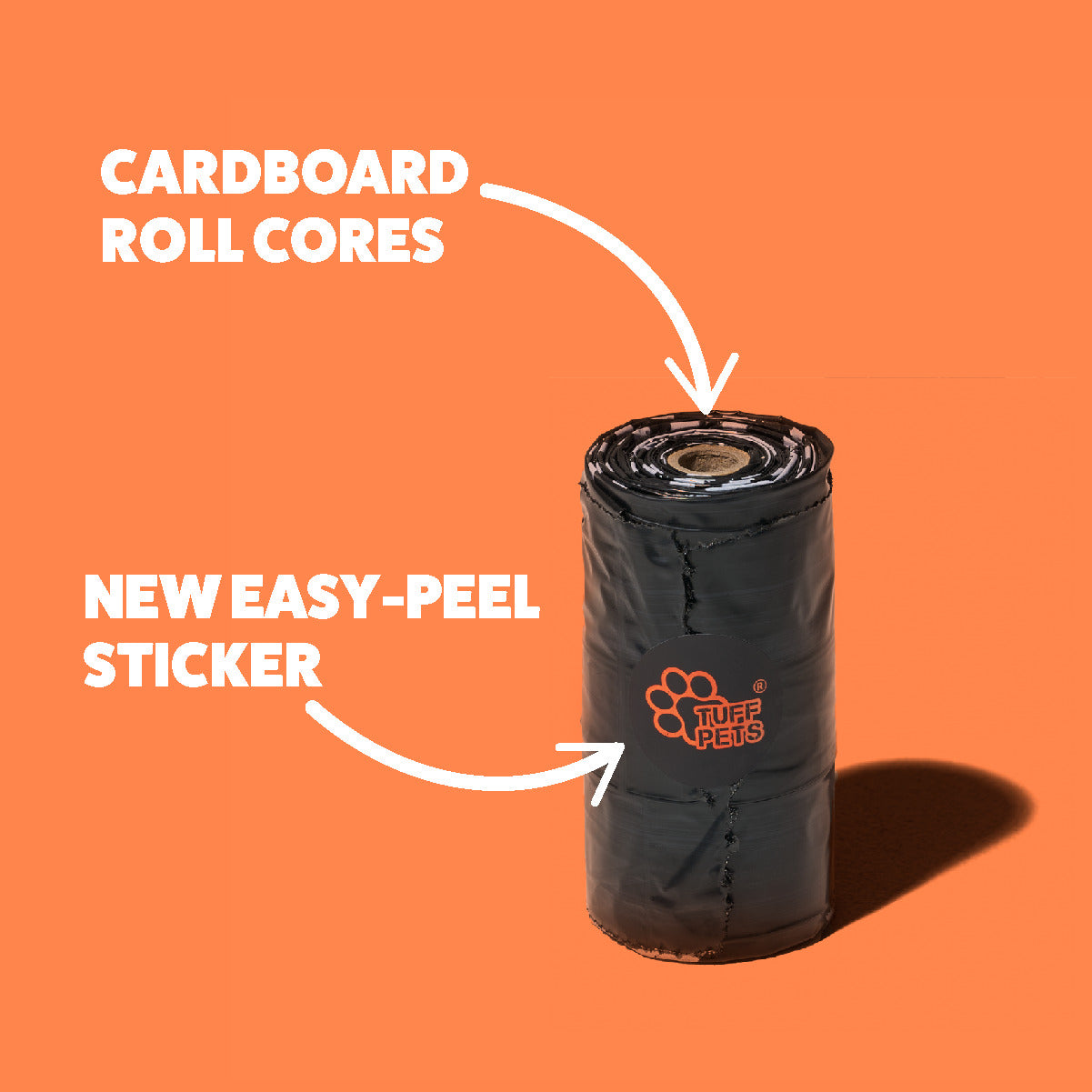
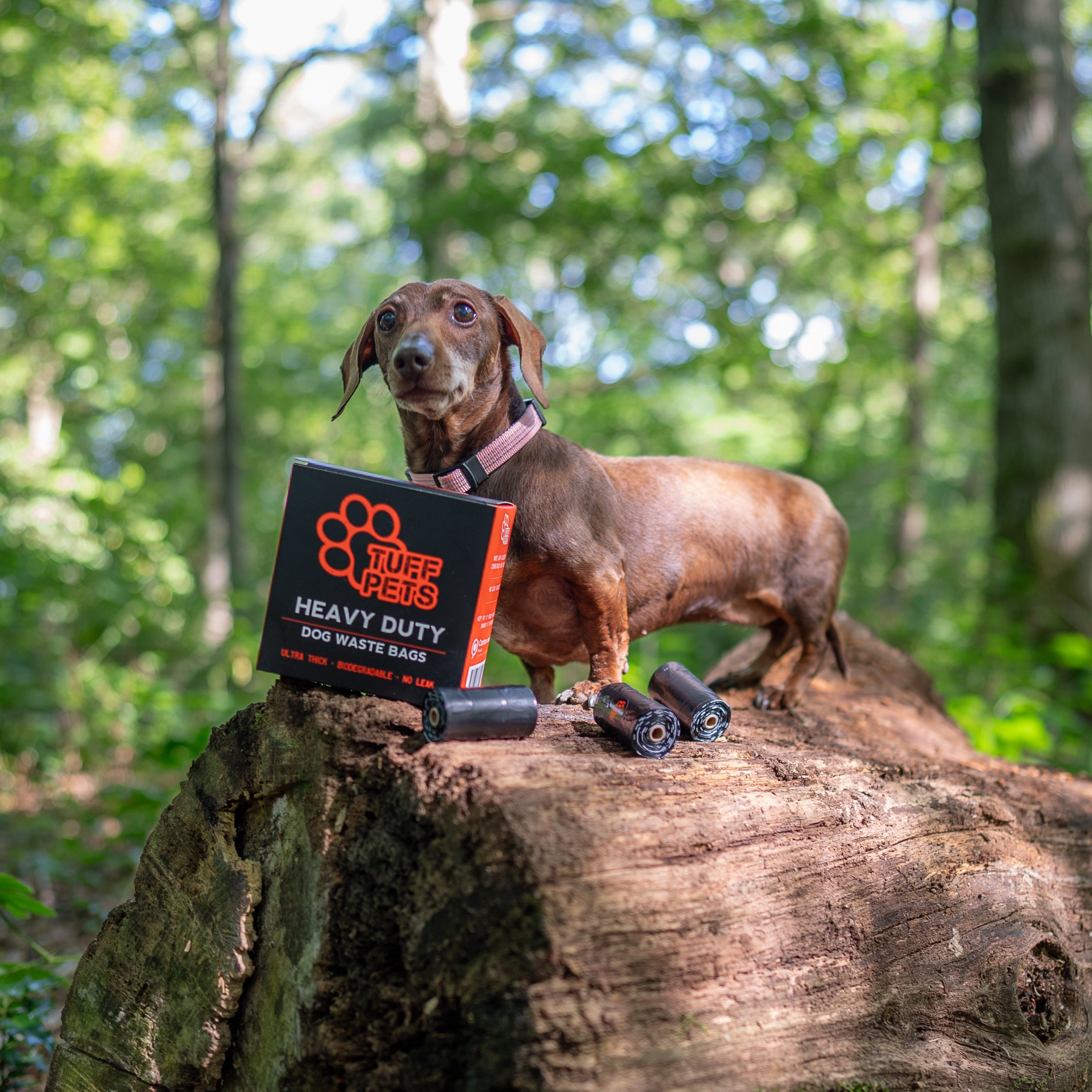



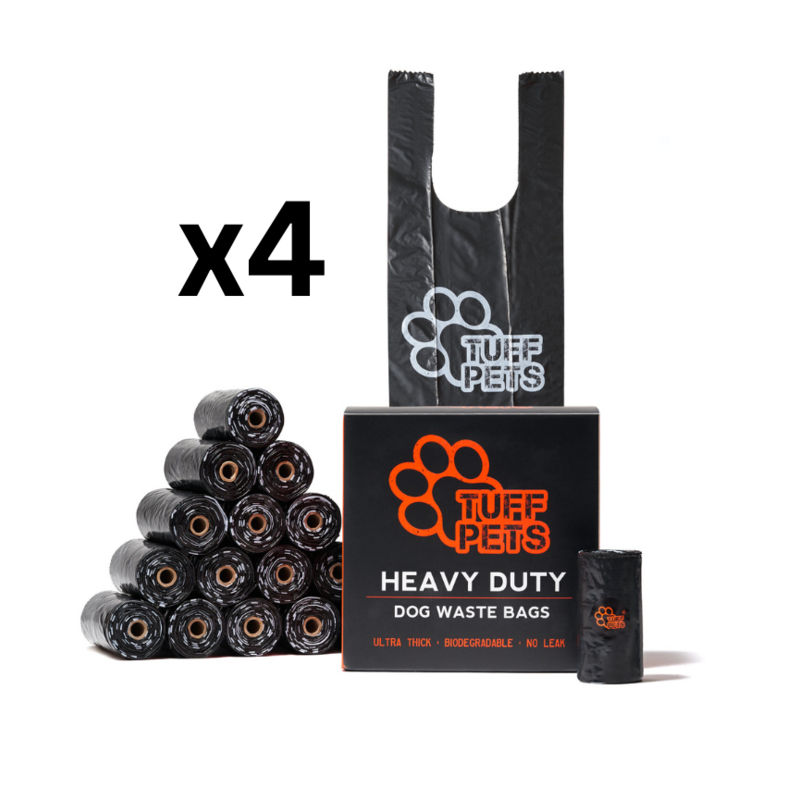
Share:
Why Is My Dog Shaking Their Head? 10 Possible Reasons Every Pet Owner Should Know
10 Reasons to Get a Dog and Improve Your Health